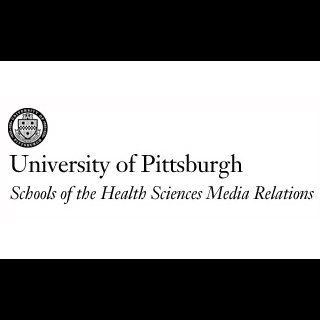
Though the process of fat removal from one part of the body and placement into the breasts for reconstruction has been carried out several times, some complications seemingly take place. A recent alteration in this process was inclusion of stem cells from adipose, or fat, tissue (ADSC) or the bone marrow to the transferred fat that may support graft integration by improving new blood vessel formation. At the time of the research, investigators gathered adipose tissue that would have been discarded during ‘tummy tuck’ procedures.
Vera S. Donnenberg, Ph.D., assistant professor of surgery, Pitt School of Medicine and senior author explained, “There is already some clinical evidence that breast reconstruction with transplanted fat is safe. Our findings lead us to conclude that augmentation of fat grafts with additional ADSC should be postponed until there is no evidence of active cancer. Our data in the mouse suggest that dormant cancer cells are not sensitive to the growth signals sent by the ADSC.â€
ADSC was separated from normal fat and merged with human breast cancer cells received directly from patients. Two weeks later in culture, experts observed that ADSC significantly promoted the growth of tumor cells. Small numbers of highly purified active or resting tumor cells under the skin of mice either with ADSC or with previously removed tumor cells were injected by the researchers in a follow up experiment. It was noted that combination of active tumor cells and ADSC caused extreme tumor growth. Researchers found that injections of resting tumor cells were not affected by co-injection of either ADSC or irradiated tumor cells.
The research is published in Tissue Engineering Part A.
